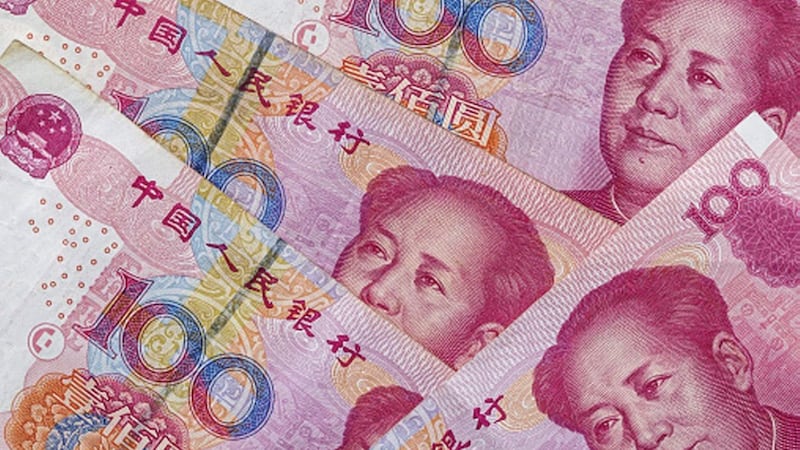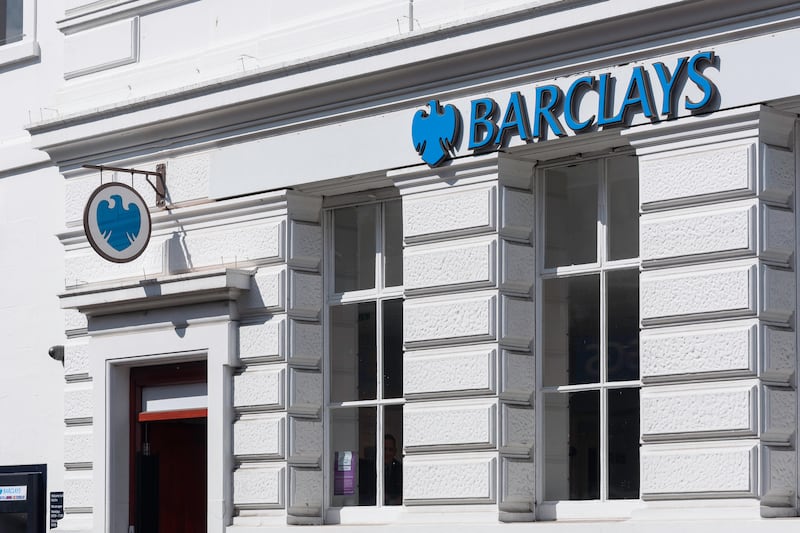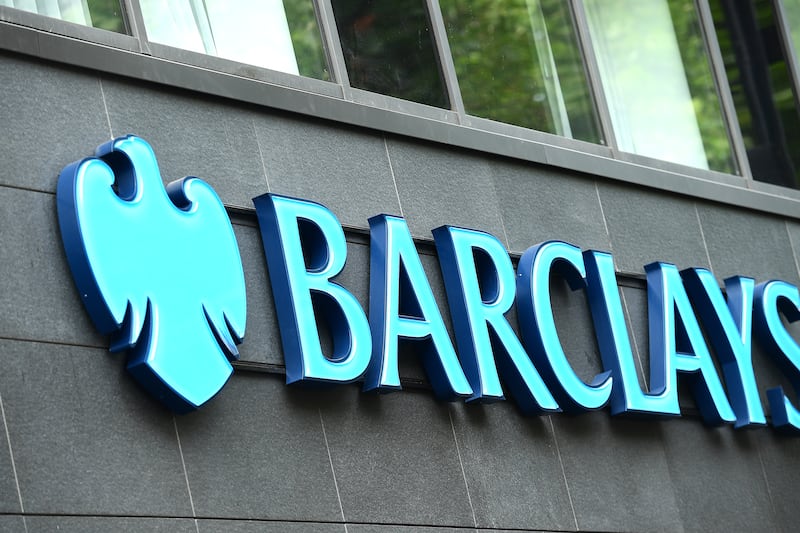SO far, both media and investor attention has been predominately focused on the evolving trade spat between the US and China. However, China-watchers have recently highlighted another source of worry – a slowdown in the domestic economy. At the same time, its currency – the yuan – has depreciated significantly. While a combination of these prompted a global market selloff three years ago, investors appear more sanguine today.
Signs of a slowdown began to emerge in Q2, with activity indicators such as fixed asset investment and retail sales showing signs of slowing momentum. Since 2007, non-financial debt in China has increased from $6 trillion to nearly $30 trillion, while banking system assets have increased six-fold over the same period to over 300 per cent of GDP. Historically, such a rapid build up in credit tends to be followed by a financial crisis or extended periods of below-trend growth. Policymakers have long acknowledged that a systemic financial crisis poses the greatest threat to China’s growth sustainability, and have recently introduced a range of regulatory reforms designed to reduce economy-wide leverage and curb financial stability risks.
One sector particularly targeted by regulators was the so-called ‘shadow banking’ sector. This is an outgrowth of China’s unique credit system – an interconnected web of financial firms that exist primarily to circumvent China’s often onerous and fractured regulatory backdrop.
Shadow banking firms perform similar functions and assume similar risks to conventional banks, but outside the normal regulatory framework. This means that the shadow banking sector operates under less stringent regulatory restrictions, they hold less capital on their balance sheets, and lack the usual safety nets guaranteed to the conventional banks (e.g. deposit protection schemes, access to lender of last resort facilities, etc.).
Over the past few years, shadow banking activities have led to a proliferation of complex and opaque financial products that are increasingly interconnected with the wider financial system, thus becoming a significant source of systemic risk. The recent reforms being rolled out by regulators are designed to slow the proliferation of these products, while improving transparency among existing ones.
So far, these efforts have had success – some measures of economy-wide leverage have begun to stabilise. Borrowing costs have risen, leading to rising default rates among the more vulnerable firms. Fixed asset investment – a not-insignificant sector of the economy that’s relatively dependent on local government financing – has been particularly hard hit.
Chinese policymakers have long recognised the trade-off between ensuring long-term financial stability and maintaining short-term growth. We believe policymakers have sufficient controls over key levers of the economy to prevent an over-tightening scenario – recent actions pay testament to that. For example, the People’s Bank of China (PBoC) has loosened monetary policy by lowering interest rates, reducing the reserve requirement ratio for banks, and increasing liquidity provision to the interbank funding market.
On regulatory policy, the pace of the clampdown on shadow banking activities has slowed, with domestic banks given more time to implement the new regulatory requirements required of them. Based on the latest set of activity indicators, the ongoing slowdown has so far been gradual, and the risk of it metastasizing into a more serious downturn remains low. We retain our positive view on EM Asian equities as a leveraged bet on global growth, and are positioned as such within our portfolios.
: Claire McCombe is a private banker with Barclays Wealth & Investments NI








